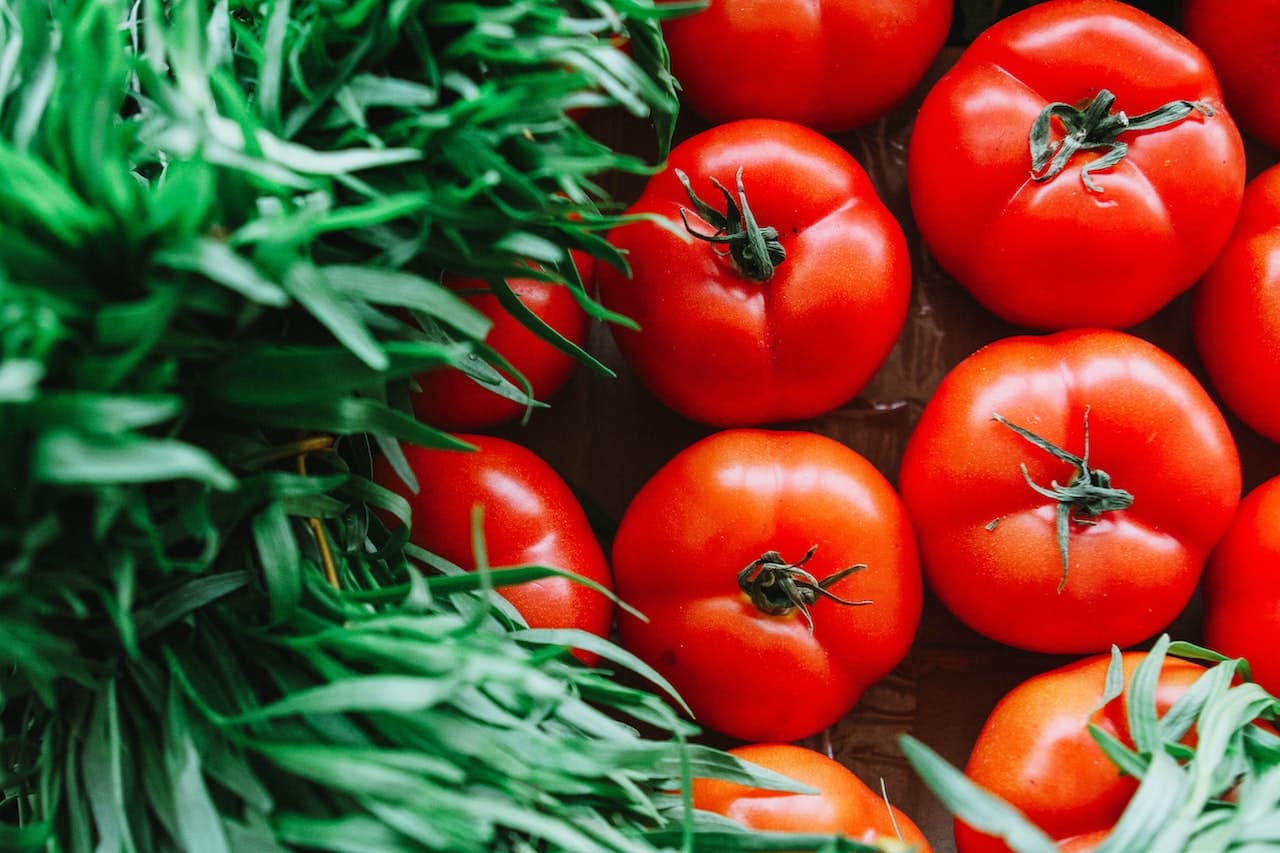April 27, 2023
Source: Science News
Excerpt:
In the parking lot behind a grocery store in Portland, Ore., last September, several hundred tomato aficionados gathered on a sunny, breezy day for Tomato Fest. While many attendees devoured slices of tomato quiche and admired garlands of tomatoes with curiously pointed ends, I beelined to a yellow-tented booth hosted by Oregon State University. Agricultural researcher Matt Davis was handing out samples of experimental tomatoes.
I took four small plastic bags, each labeled with a cryptic set of letters and numbers and containing a thick slice of a yellow tomato. Scanning a QR code with my phone led me to an online survey with questions about each tomato’s balance of acidity and sweetness, texture and overall flavor. As I chewed on the slice from the bag marked “d86,” I noted the firm, almost meaty texture. Lacking the wateriness of a typical supermarket tomato, it would hold up beautifully in a salad or on a burger, I thought. And most importantly, it was tasty.
I learned later that this tomato had been dry-farmed, a form of agriculture that doesn’t require irrigation. Dry farming has roots stretching back millennia. But in the western United States, the practice largely fell out of widespread use in the 20th century.
Read more: Dry farming could help agriculture in the western U.S. amid climate change





